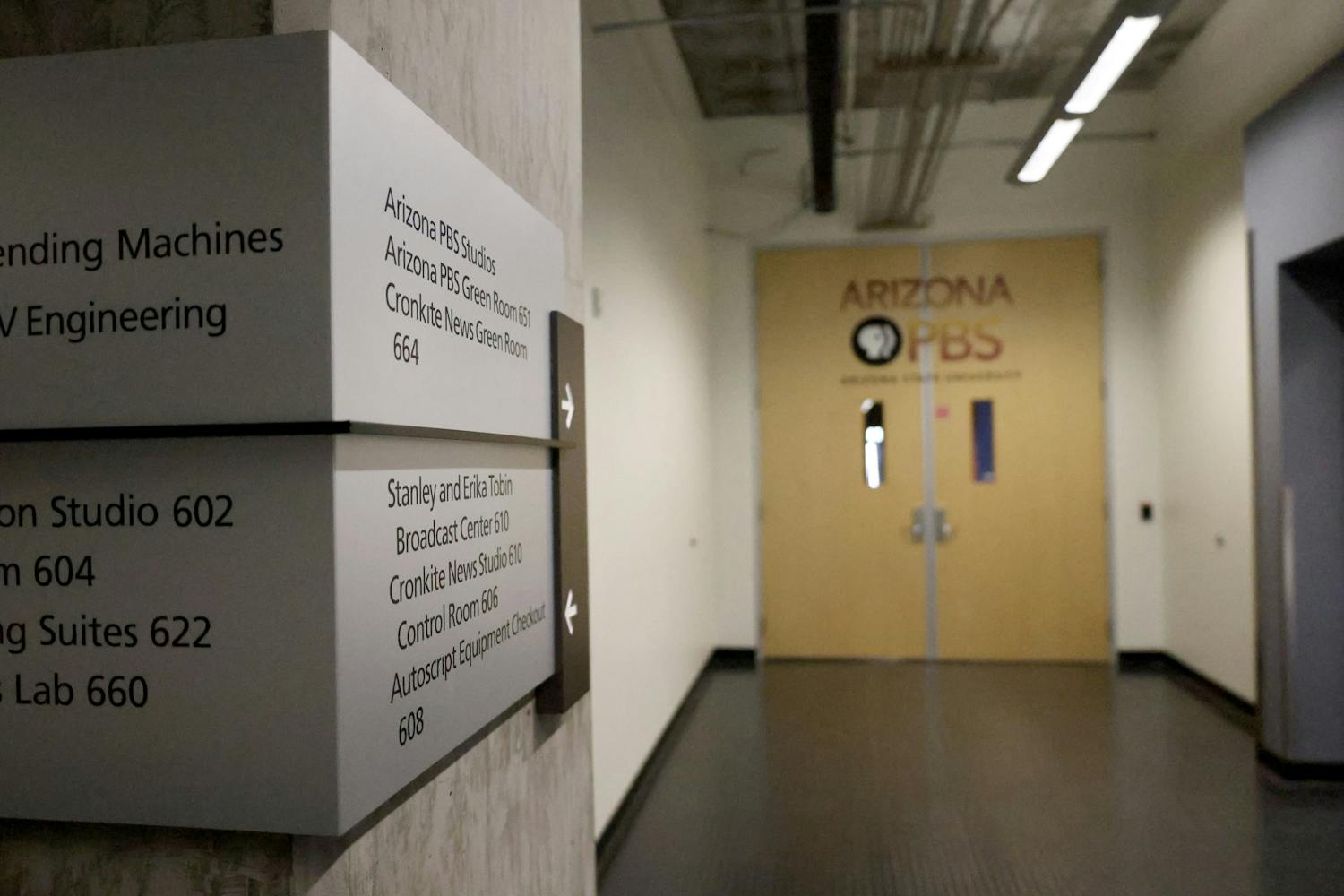Last September, National Geographic published a "Global Report Card" that described the environmental state of the planet. 0ne of the listed problems facing the planet was the dependence of seven western states on Colorado River water, as demand for Colorado River water exceeds the supply.
The current growth rate of urban areas in the Colorado watershed area is 2.9 percent. As the West continues to grow, these states - Arizona, Nevada, Utah, California, Wyoming, Colorado and New Mexico - cannot depend on the river for all of their water needs.
Several months after National Geographic said the states' indulgence in Colorado River water was a serious environmental issue, California and the federal government entered a nasty battle over California's historical overuse of its share of the water. California's allowance of water in 2000 was a little more than 5 billion cubic meters, according to National Geographic. Its actual usage exceeded 6 billion cubic meters.
The battle has become a complicated, litigation-ridden fight between Imperial Valley farmers, the Metropolitan Water District, which provides water to cities like San Diego, and the Department of the Interior. In January, Interior Secretary Gale A. Norton made an unprecedented move when she ordered California to cut its water usage by 11 percent.
Last week, Judge Thomas Whelan of the U.S. District Court in San Diego said Norton had no right to cut the water supply and ordered the water restored until the issue was settled.
This is a setback for the Department of the Interior, which finally stood strong against almighty California after years of allowing the state to use more than its share of water. The ruling also comes as a blow to the six other states that use this water, especially Arizona and Nevada, which are both experiencing population booms while California's growth subsides.
Last year, for the first time, Nevada exceeded its own share of Colorado River water. Before the end of this year, water officials in Nevada anticipate tapping into groundwater reserves.
While Wyoming, Colorado, Utah and New Mexico don't always use their allotment, Arizona never exceeds its share of the river water.
Less than one percent of the water on Earth is available for human consumption. Of that water, 70 percent is dedicated to agriculture, specifically irrigation. If the greatest waste of freshwater is for irrigation, this is the area where the federal and state governments should concentrate their energy.
Worldwide, two-thirds of urban wastewater goes untreated. More wastewater treatment plants - or a refurbishment of existing ones - would mean more useable water for irrigation of both agriculture and urban landscapes. Also, urban residents can use treated wastewater.
Since the U.S. government subsidizes irrigation water, farmers have little incentive to change the traditional methods to newer ones like drip irrigation. Drip irrigation reduces water usage by 30 percent to 70 percent but does not affect crop yield. If the federal government would encourage a switch to drip irrigation, it would solve a host of problems.
By increasing the use of treated wastewater, the problems in California, which can be extended to other states, would be solved. Urban areas supply high rates of wastewater that become perfectly usable after treatment. Instead of shipping water to farmers and then to cities, cities should ship water to the farmers.
This is a world that changes every day. In order to get things done properly, the people who run this world need to start seeing things as they are rather than how they used to be.
Kym Levesque is a journalism junior. Reach her at kymberly.levesque@asu.edu.




